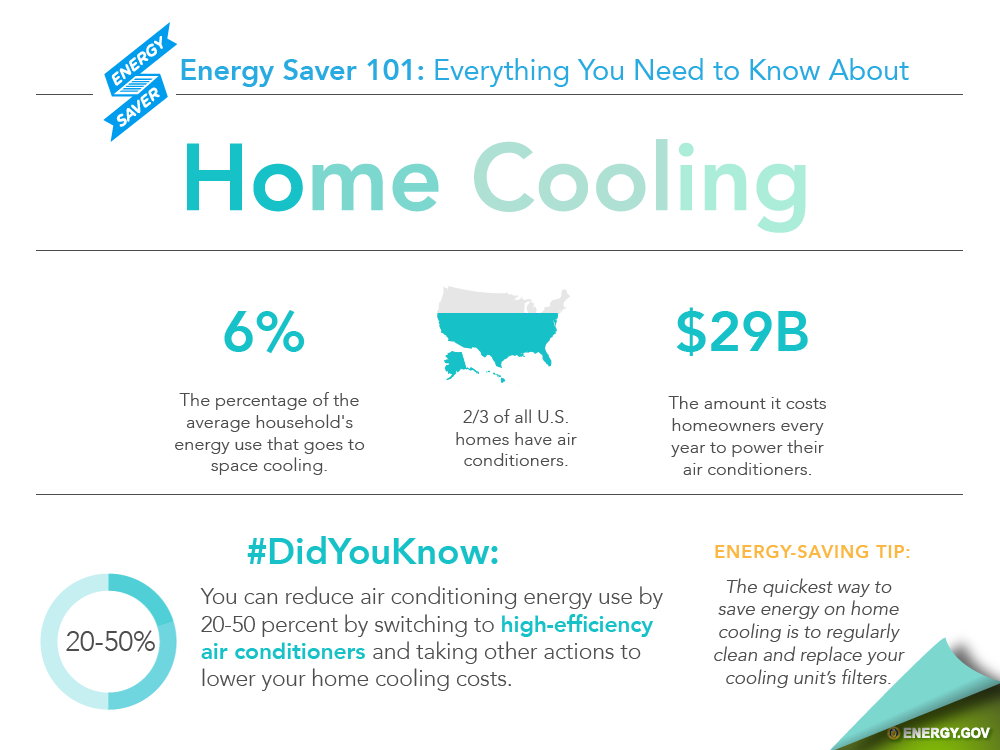Frequent Errors To Steer Clear Of When Installing A Heatpump
Frequent Errors To Steer Clear Of When Installing A Heatpump
Blog Article
Uploaded By-Parrish Sparks
When installing a heat pump, you must avoid common blunders that could jeopardize its performance. Overlooking correct sizing may cause inadequacies and greater energy costs. Ignoring insulation and securing could cause energy wastefulness and stress on the device. Moreover, placing the exterior unit incorrectly may influence its efficiency. By staying clear of these errors, you can make sure ideal working and durability of your heat pump system.
Improper Sizing of Heat Pump
When it pertains to the installment of heat pumps, among the most usual mistakes is improperly sizing the system for your space. Making sure the ideal dimension is crucial for optimal efficiency. If the heatpump is as well tiny, it will certainly battle to warm or cool your space effectively, bring about enhanced energy expenses and possible damage on the system.
On the other hand, if the heatpump is also huge, it will cycle on and off regularly, creating temperature variations and decreasing its life-span.
To prevent this mistake, it's essential to have a specialist assess your area and suggest the suitable size of the heat pump based on aspects like square video footage, insulation, ceiling elevation, and local environment. By spending https://www.prnewswire.com/news-releases/kelley-blue-book-provides-summer-road-trip-tips-as-gas-prices-remain-high-in-advance-of-july-4-holiday-weekend-301578133.html and initiative to ensure the appropriate sizing, you can appreciate a comfortable environment while optimizing power effectiveness and lengthening the lifespan of your heatpump.
Inadequate Insulation and Sealing
To ensure the effective procedure of your heatpump, it's important to deal with poor insulation and securing in your area. https://costofreplacinghomeacunit34443.ourcodeblog.com/31245273/essential-tips-for-effective-heat-pump-repair-work-what-every-property-owner-needs-to-know helps preserve a consistent temperature level inside, minimizing the workload on your heatpump. Insufficient insulation can cause energy loss, making your heat pump job harder and less successfully.
Sealing any kind of voids or leakages in your space is equally crucial. These spaces permit conditioned air to leave and exterior air to permeate in, requiring your heatpump to compensate for the temperature fluctuations.
Inaccurate Placement of Outdoor Device
Dealing with the placement of your heatpump's outdoor system is vital to optimizing its performance. Mounting the outdoor system in a wrong area can result in performance issues and possible damages to the unit.
One usual blunder to avoid is placing the exterior device too near a wall or various other frameworks. This can limit air movement, triggering the device to work more challenging to heat or cool your area, eventually decreasing its effectiveness and life expectancy.
An additional mistake to stay away from is positioning the outside device in straight sunshine. While some sunlight is unavoidable, excessive exposure can cause overheating, particularly during hot summer season days. https://beauepblw.wssblogs.com/31134137/key-guidelines-for-effective-heatpump-repair-service-important-information-for-homeowners to position the exterior device in a shaded area to help maintain its ideal operating temperature.
Additionally, ensure that the outdoor device is positioned on a steady and degree surface area. Irregular ground can trigger vibrations and unneeded strain on the device, affecting its efficiency with time.
Conclusion
Finally, staying clear of usual mistakes throughout heatpump setup is crucial for maximizing performance and durability of your system. By ensuring appropriate sizing, appropriate insulation, sealing, and correct positioning of the outside unit, you can protect against problems such as inefficiencies, boosted power bills, and strain on the unit. Making the effort to deal with these crucial factors will inevitably conserve you time and money in the long run.
